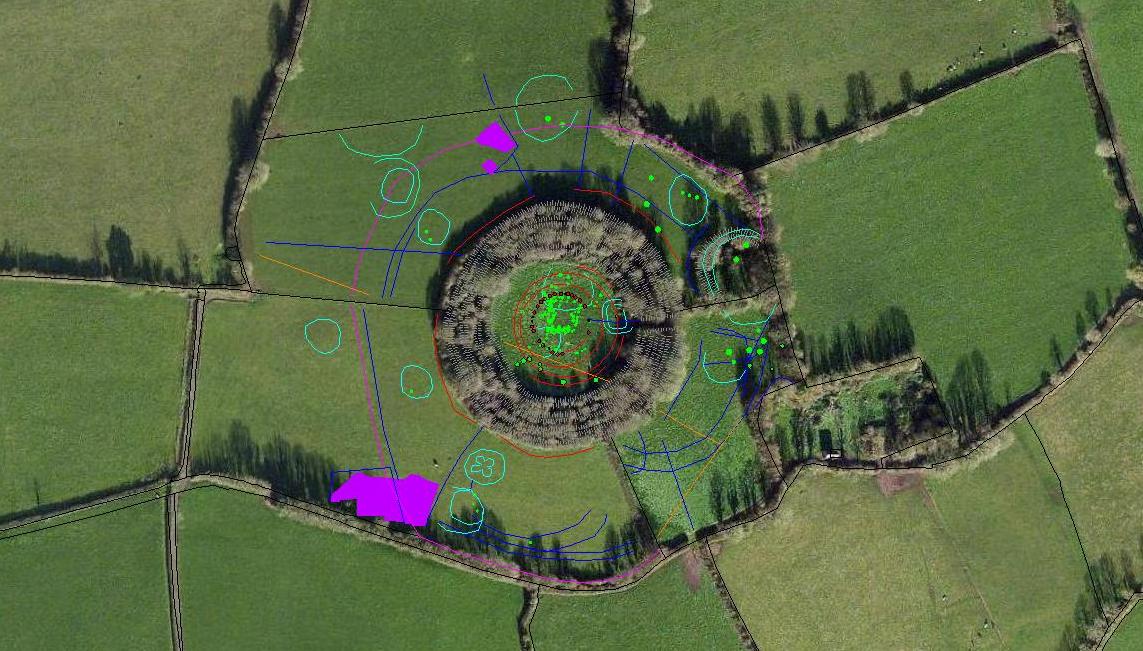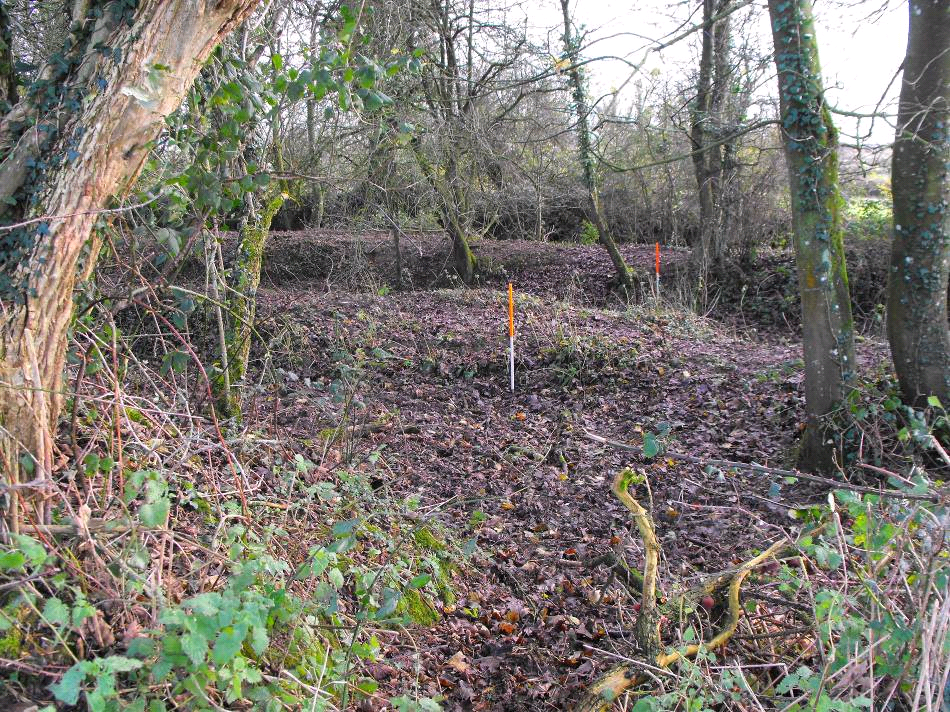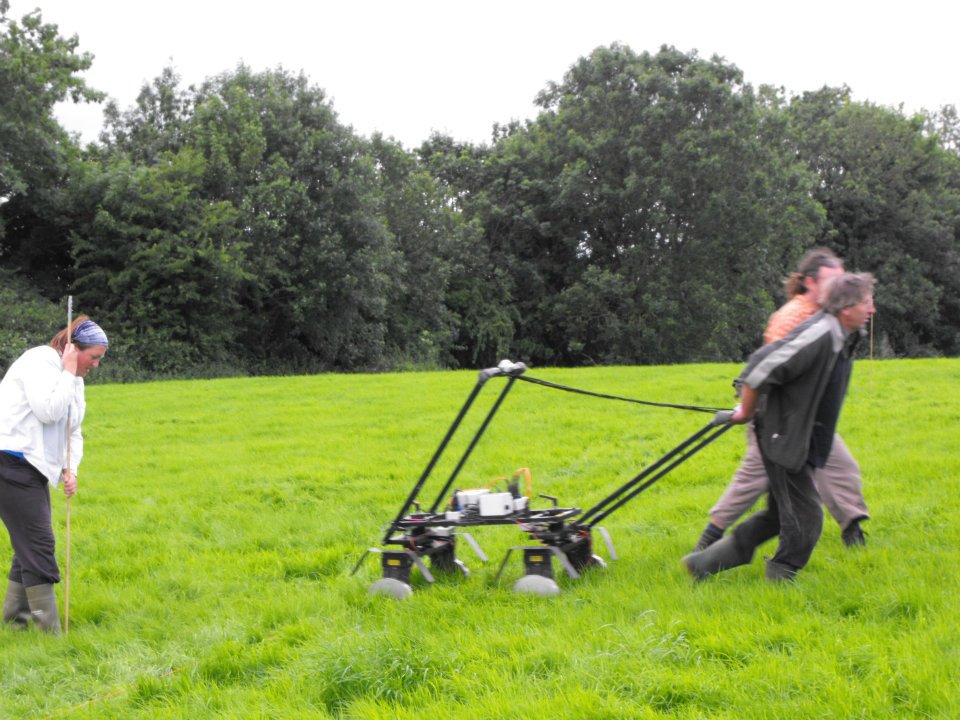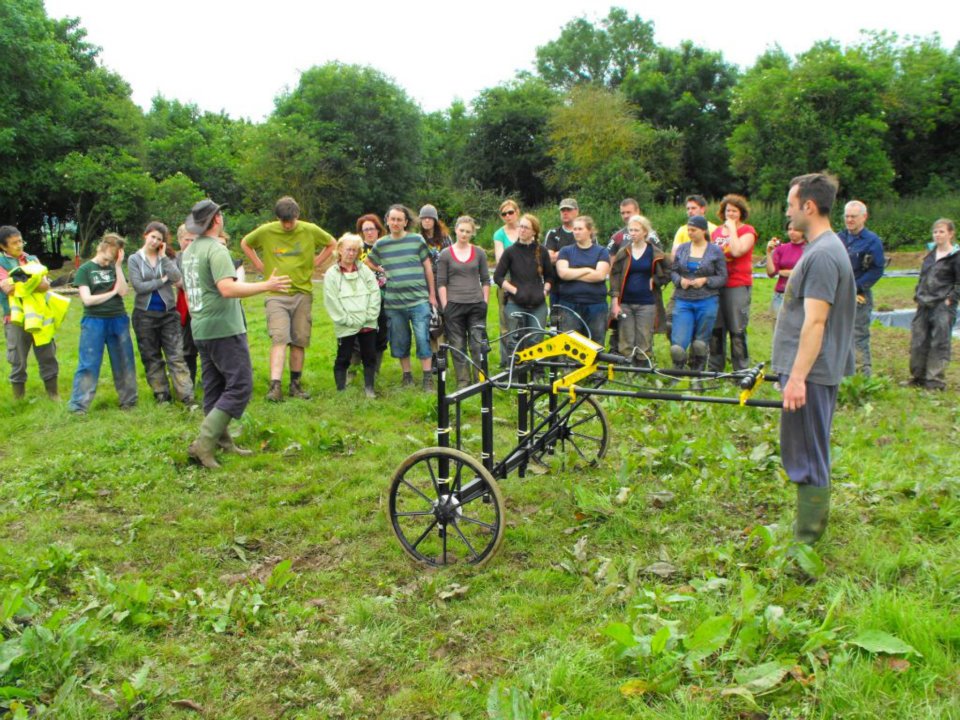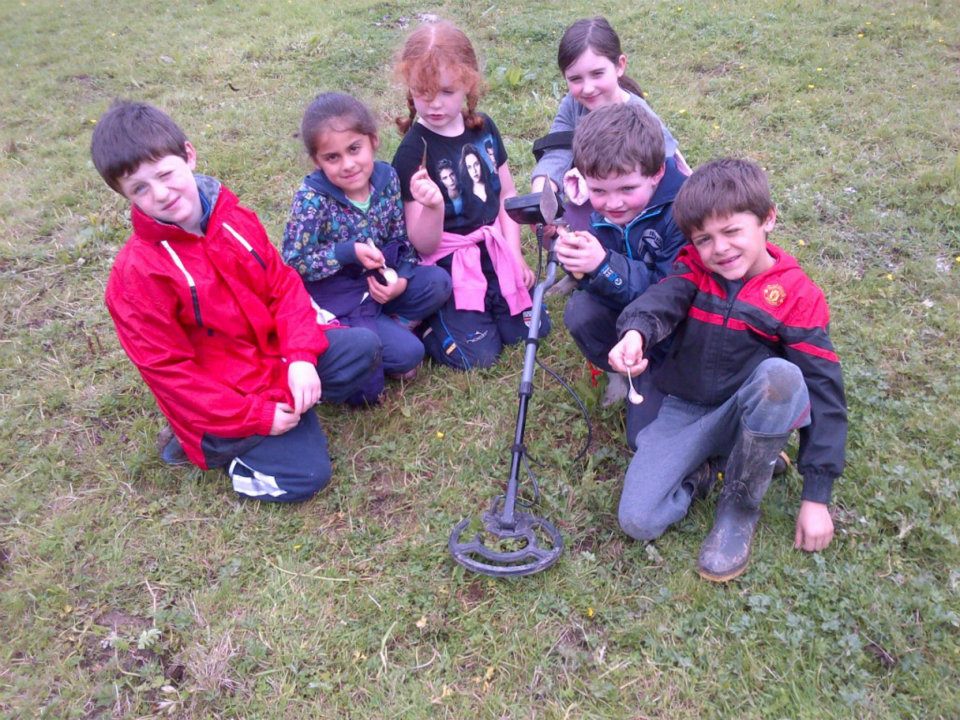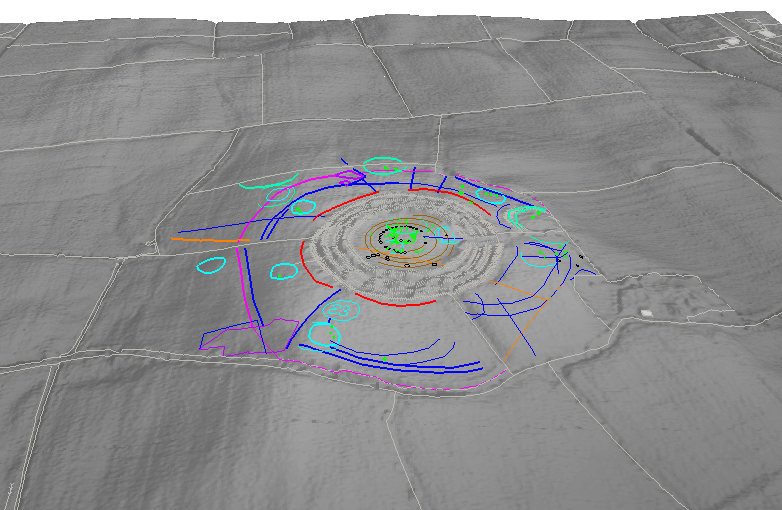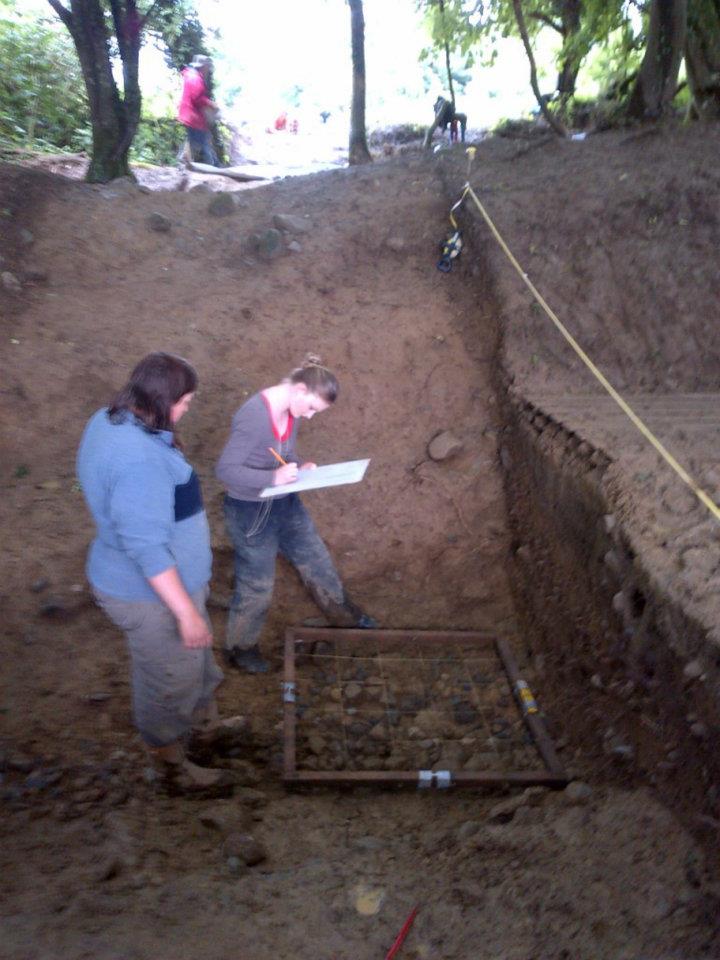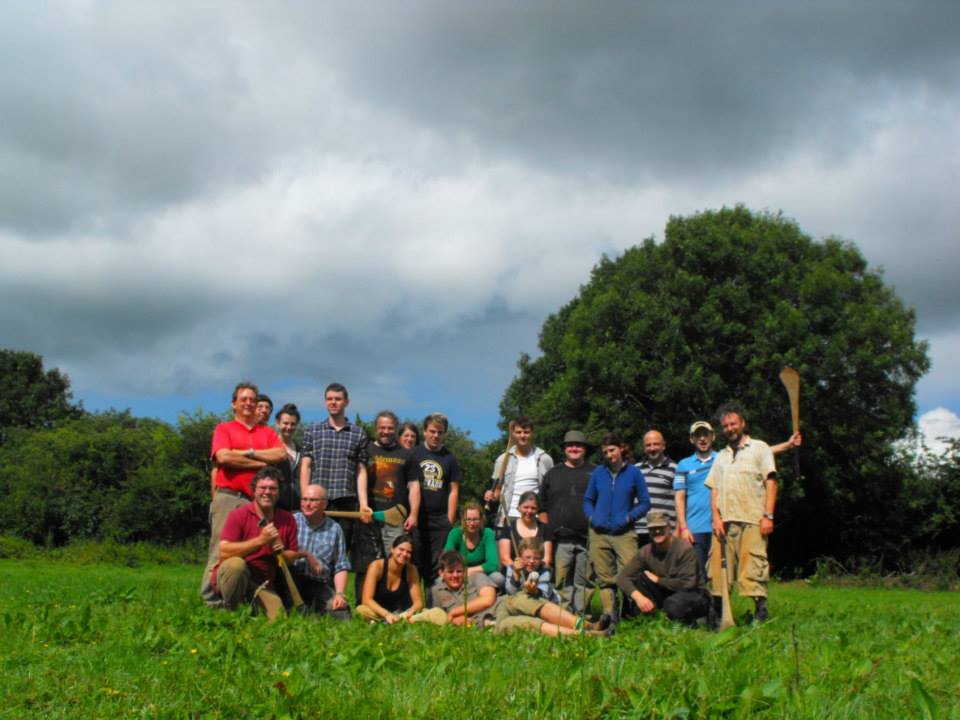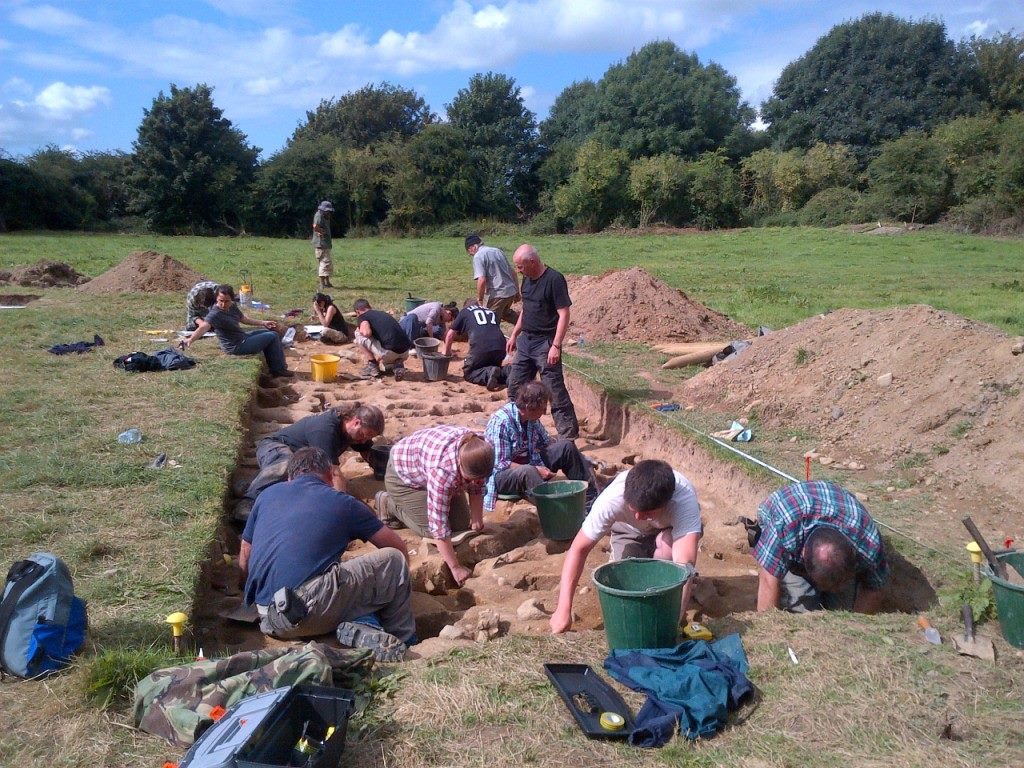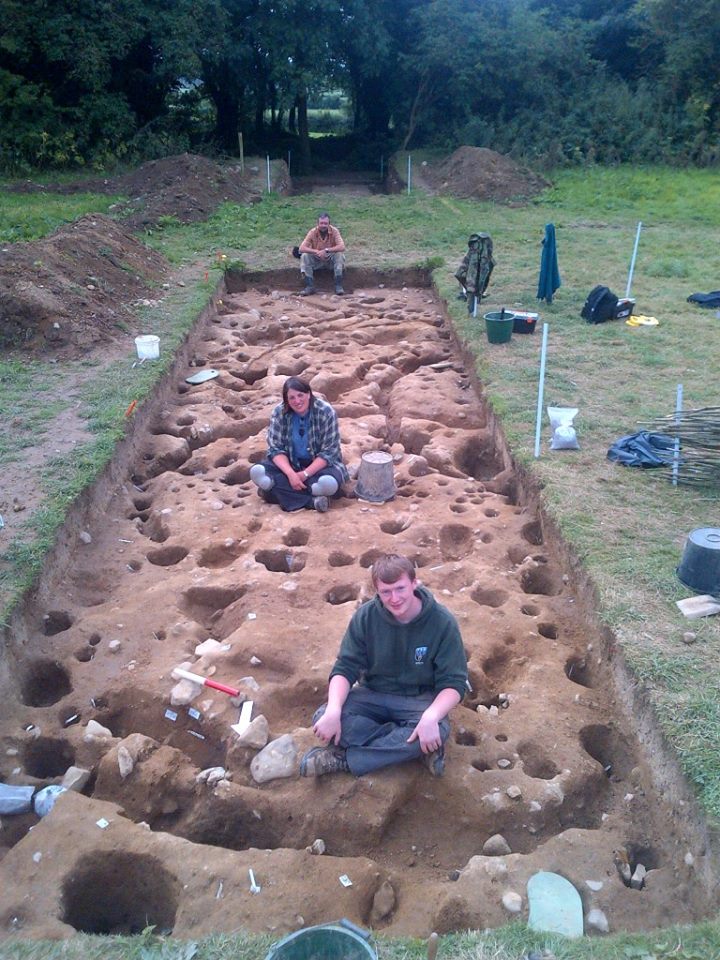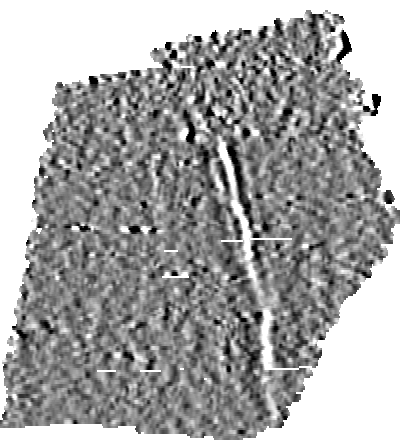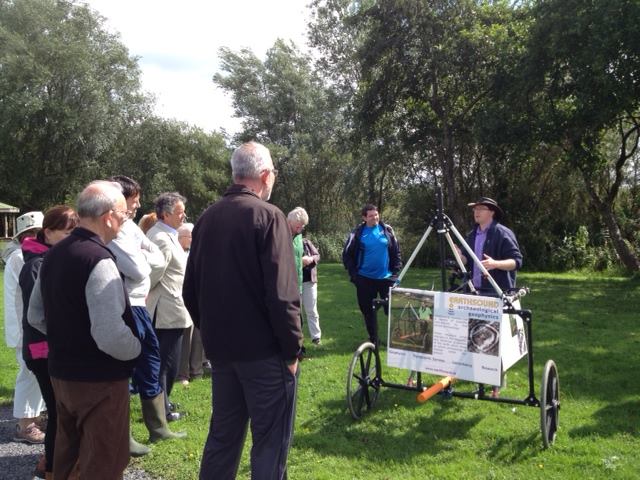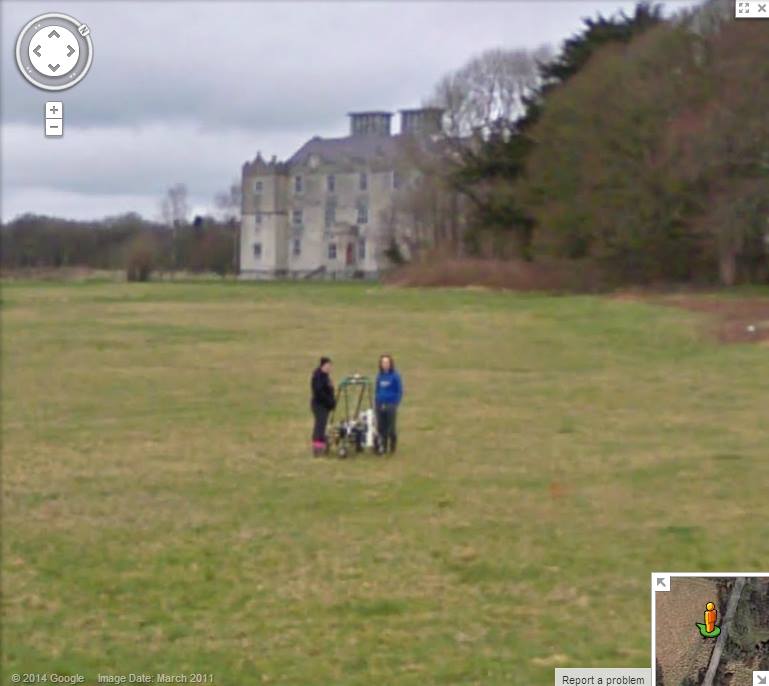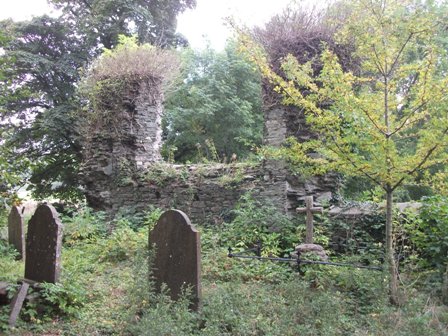Earthsound directors Dr. James Bonsall and Heather Gimson flew over to the University of Warsaw this week to participate in the 11th International Conference on Archaeological Prospection.
After last nights fantastic thunder storm Warsaw Uni is looking pretty this morning #ISAP2015 pic.twitter.com/4Tt4xKjvWN
— Dr James Bonsall (@DrJamesBonsall) September 16, 2015
James presented a paper based on his PhD research, You know it’s summer in Ireland when the rain gets warmer: Analysing repetitive time-lapse earth resistance data to determine ‘optimal’ survey climate conditions. Earthsound were the Industrial Partner in the research which was carried out by James and the University of Bradford. Earthsound provided equipment and logistical support for the investigation while Earthsound surveyor Darren Regan assisted James every month for the 14 month long time-lapse earth resistance survey carried out at Tuam, Co. Galway. The investigation examined the impact of weather on the outcomes of earth resistance surveys on behalf of the archaeology section of the National Roads Authority. The paper was live tweeted – here are some of the highlights:
Last but not least, @DrJamesBonsall talking about using repetetive time-lapse earth resistance data to optimise survey conditions #ISAP2015
— Kayt Armstrong (@girlwithtrowel) September 17, 2015
#ISAP2015 @DrJamesBonsall @resandmag headlining today's conference #seasonalityrules
— Robert Fry (@robfry2000) September 17, 2015
Moisture contrasts obvs important for earth resistance surveys. 2nd most used technique in Irish archaeology #ISAP2015
— Kayt Armstrong (@girlwithtrowel) September 17, 2015
Developer led survey: you can't chose when you work. Wanted to quantify the quality of their surveys in terms of 'optimum wetness' #ISAP2015
— Kayt Armstrong (@girlwithtrowel) September 17, 2015
Climate in Ireland is rather rainy.. but no archaeological specific time-lapse resistivity assessments done until now #ISAP2015
— Kayt Armstrong (@girlwithtrowel) September 17, 2015
Stella research in association with essential commercial partners @EAG_Earthsound #ISAP2015
— Robert Fry (@robfry2000) September 17, 2015
Ireland in one word. @DrJamesBonsall @resandmag with Irish seasonality #ISAP2015 pic.twitter.com/Cy6KN5C6sn
— Chrys Harris (@chrysharris) September 17, 2015
Evapotranspiration rate rather than overall wetness or temperature seems to be most important factor. #ISAP2015
— Kayt Armstrong (@girlwithtrowel) September 17, 2015
Oo love a bit of seasonality stats and contrast factors #phd memories #ISAP2015
— Robert Fry (@robfry2000) September 17, 2015
Also looked at how well dicthes contrasted to background at each survey. Assumed we need at least 5-10% to 'detect' as archaeology #ISAP2015
— Kayt Armstrong (@girlwithtrowel) September 17, 2015
they got at least 13% contrast all year round, so statistically ditches detectable all year round. April 'best' for all arrays. #ISAP2015
— Kayt Armstrong (@girlwithtrowel) September 17, 2015
Wenner array 'best' for contrasts #ISAP2015
— Robert Fry (@robfry2000) September 17, 2015
Review of 'optimal months' from literature v muddy picture: better to talk about weather conditions directly. #ISAP2015
— Kayt Armstrong (@girlwithtrowel) September 17, 2015
best periods when evapotranspiration rates exceed rainfall rates: soils that are slightly drying. #ISAP2015
— Kayt Armstrong (@girlwithtrowel) September 17, 2015
James was also a co-author (with Chrys Harris et al.) on High Royds: An integrated, analytical approach for mapping the unmarked burials of a pauper cemetery, a paper that examined the differing properties of graves that were mapped (and/or unmapped) via magnetometry, multiple earth resistance arrays, electromagnetic induction and ground penetrating radar.
First: #highroyds mapping unmarked #pauper #burials by @chrysharris @resandmag @popefinn @DrJamesBonsall @robfry2000 @parkynspace #ISAP2015
— Dr James Bonsall (@DrJamesBonsall) September 16, 2015
Both papers are now published in Archaeologia Polona Vol. 53, a special edition of the journal containing the conference proceedings.
James was tweeting (as @DrJamesBonsall) throughout the Conference, which you can follow via #ISAP2015 or read tweets from the whole event via a Storify Archive by Dr. Kayt Armstrong.
